Sauerkraut is made from all varieties of cabbage as long as it is healthy, well-developed, not broken and perfectly fresh.
If the cabbages are rotten, have softened and have frozen - you cannot expect to make a quality sauerkraut. Sauerkraut made from such cabbage softens and the cabbage juice is drawn out and darkens. A thick white coating forms on the surface, and the smell is quite unpleasant.
How long sauerkraut is fit for consumption depends a lot on how long it has been stored. It is best to make it, when the cold months begin. Sauerkraut is prepared late in autumn, after the weather cools down, but before the very cold days begin.
If the cabbage is cooked at high temperatures, fermentation proceeds quickly and should be consumed immediately.
To prepare sauerkraut, you must observe the following things:
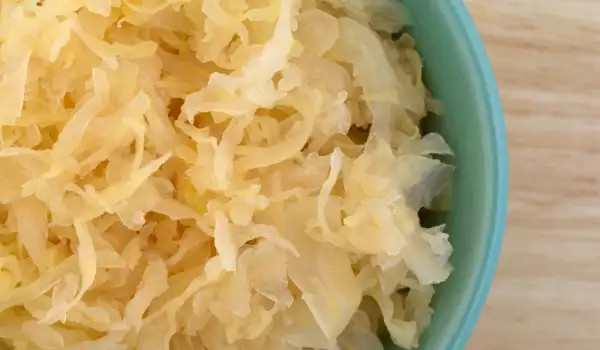
- Clean the cabbage from the green outer leaves. Remove the yellow and rotten leaves, if any;
- Cut the cob to the base of the cabbage itself and split it crosswise at a depth of 4-5 cm.;
- Wash the cleaned cabbage;
- The prepared cabbages are tightly arranged in a barrel or a container, by turning the cobs upwards;
- To improve the taste of the cabbage and juice, you can add some spice /horseradish/ or corn kernels;
- If you want to color the cabbage juice, add some collard greens;
- Cover the cabbage with a brine made from water and table or fine sea salt. Add 400-500 g of salt to 10 liters of water. The mixture is boiled, strained and left to cool;
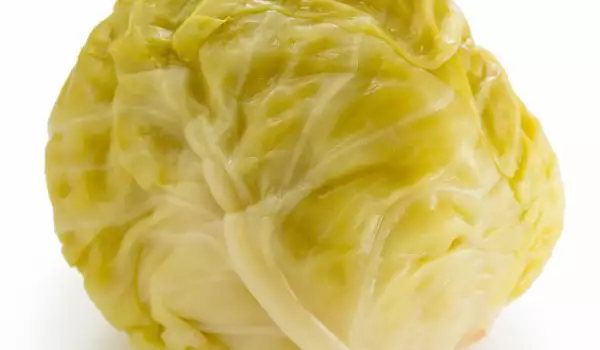
- You can prepare sauerkraut, by sprinkling the cabbage with salt and pouring water over it;
- Press the cabbage with a wooden cross and a river stone;
- The brine must cover the cabbage at least 10 cm from above and cover all the cabbages;
- Decant the cabbage in the first week at least 3-4 times;
- The prepared sauerkraut should be stored in a cool and dry room;
- The ready cabbage has a light yellow color and is juicy and crunchy;
- If a white skin forms during storage, clean it without stirring the brine;
- The brine cannot be replaced with a new one, as there will be no lactic acid in it and the sauerkraut will spoil quickly.
You need to do a good job of storing the finished sauerkraut well and blissfully enjoy the dishes prepared with it!
While we're on the subject of sauerkraut, we recommend checking out more:
- mistakes in the preparation of sauerkraut;
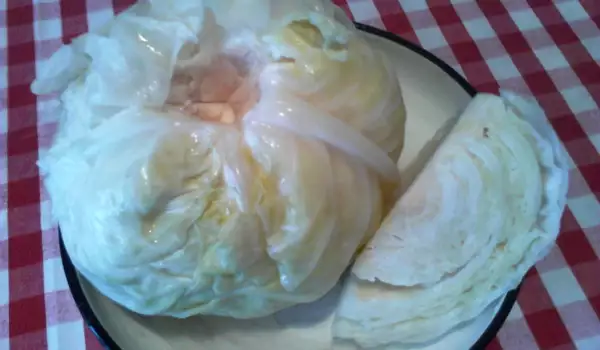
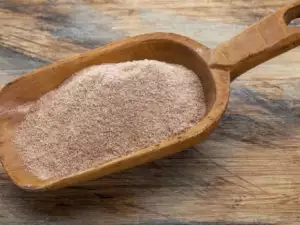
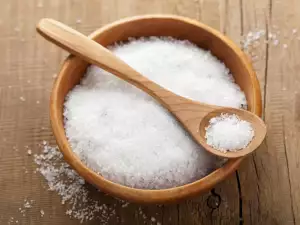

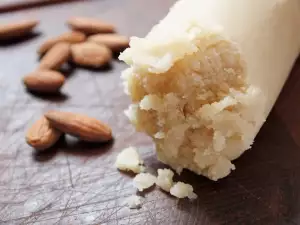
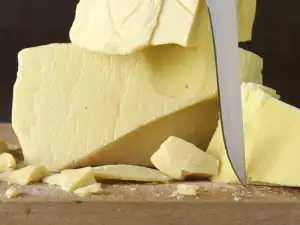
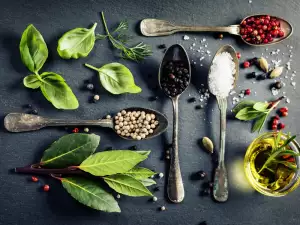

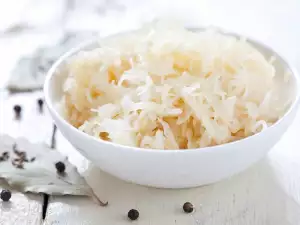


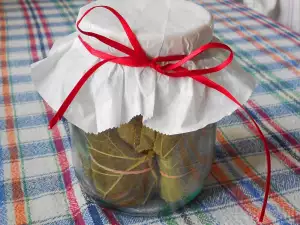







Comments